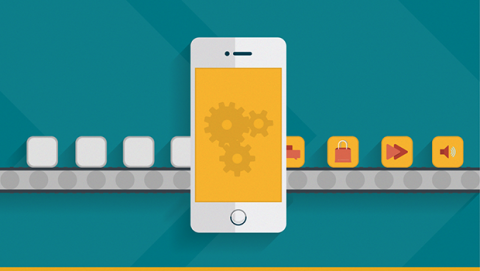If you look at some of the statistics out there about Meaningful Use in Electronic Health Records (EHRs), approximately 90 percent of practices are actually at a Stage 1 level, which means they’re using some type of EHR. The problem is the lack of shared data standards and data governance, which often undermines even the simple exchange of EHR record data. The data itself isn’t consistent, nor is it consistently used by providers, whether you define a provider as a doctor, a practice group, or a health system, even if three providers are on the same version of the same system. In other words, if they’re using the various data fields in different ways that equals low interoperability.
Why are data standards so important in defining a superior patient experience and outcome? Because without a shared baseline of information and governance, you can’t consistently empower patients to manage their care, and you can’t manage by exception.
Both are powerful concepts, but neither is new. Fifteen years ago, I was involved in a start-up that equipped patients with a "mobile" device, in this case, a Palm Pilot so that they could tab in information about their condition and medical treatment. There also was a component for the provider to set up alerts so they could manage by exception. The idea of managing by exception is not to monitor the patient all the time, but to set up parameters so that both the patient and a caregiver (such as a spouse or parent) could be informed if something occurred that was an exception to that rule.
From a user standpoint, I think some things in that model still don’t exist in healthcare 15 years later. One is the idea of having a pulse on your care at all times, although we are starting to move in that direction with wearables. The other is the ability for physicians to input a treatment plan as a baseline, then set up alert parameters to manage exceptions around that.
Unfortunately, from a consumer standpoint, what I see some providers doing with their EHRs is very religiously working behind the screen trying to check all the boxes, as opposed to interacting with the patient and trying to deal with them as humans. If you’re not managing by exception, you can only get through so much in a very short amount of time. From the consumer’s standpoint, that appointment time practically disappears if you’re not interacting with them. As an industry, we’re still a long way from the ideal user experience. Healthcare technology is powerful, but not if it degrades rather than enhances that experience.




